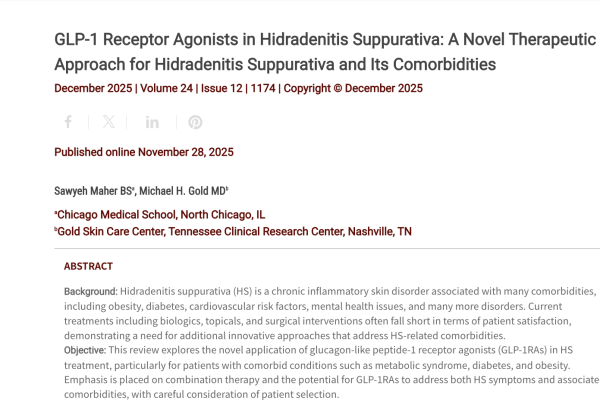Featured Article

This study investigates the molecular effects of different stabilized HA and poly-l-lactic acid (PLLA)-based fillers with and without subsequent additional fractional laser co-treatment.
This study investigates the molecular effects of different stabilized HA and poly-l-lactic acid (PLLA)-based fillers with and without subsequent additional fractional laser co-treatment.
Injection of hyaluronic acid (HA) dermal fillers is one of the most frequently performed aesthetic procedures. HA fillers exist in many different formulations differing in HA concentration, particle size and cross-linking density.
While HA fillers with high-density and large particles are recommended for deep dermal injections, fillers with low-density and small particles are more commonly used for fine lines.
The direct biological effects of dermal fillers monotherapy and combination therapy with ablative fractional CO2- or Er:YAG laser irradiation on human skin cells are not completely understood. Organotypic three-dimensional (3D) skin equivalents have been established for standardized studies of the human skin.
The aim of the present study was to investigate the molecular effects of different stabilized HA and poly-l-lactic acid (PLLA)-based fillers with and without subsequent additional fractional laser co-treatment.
You May Also Like









